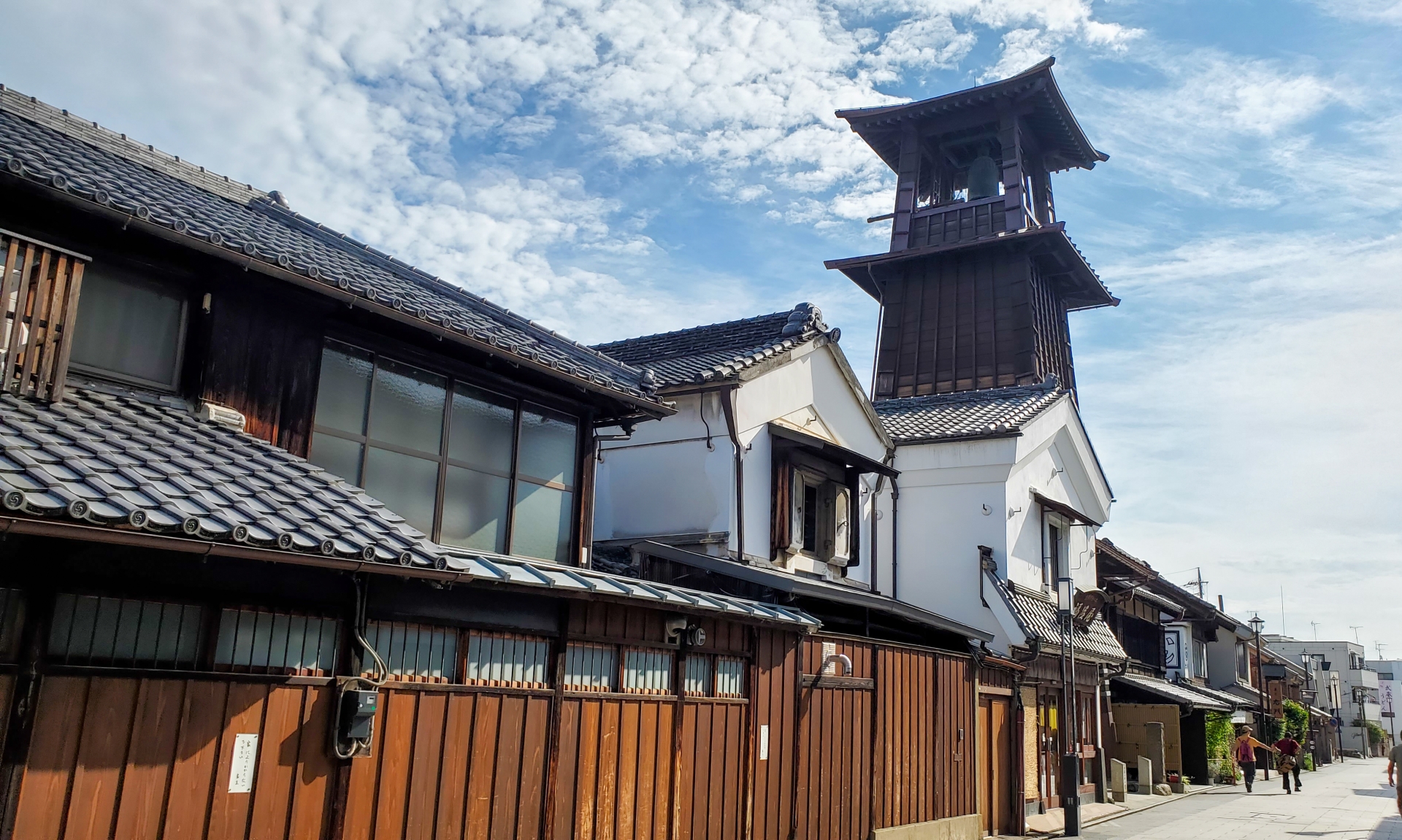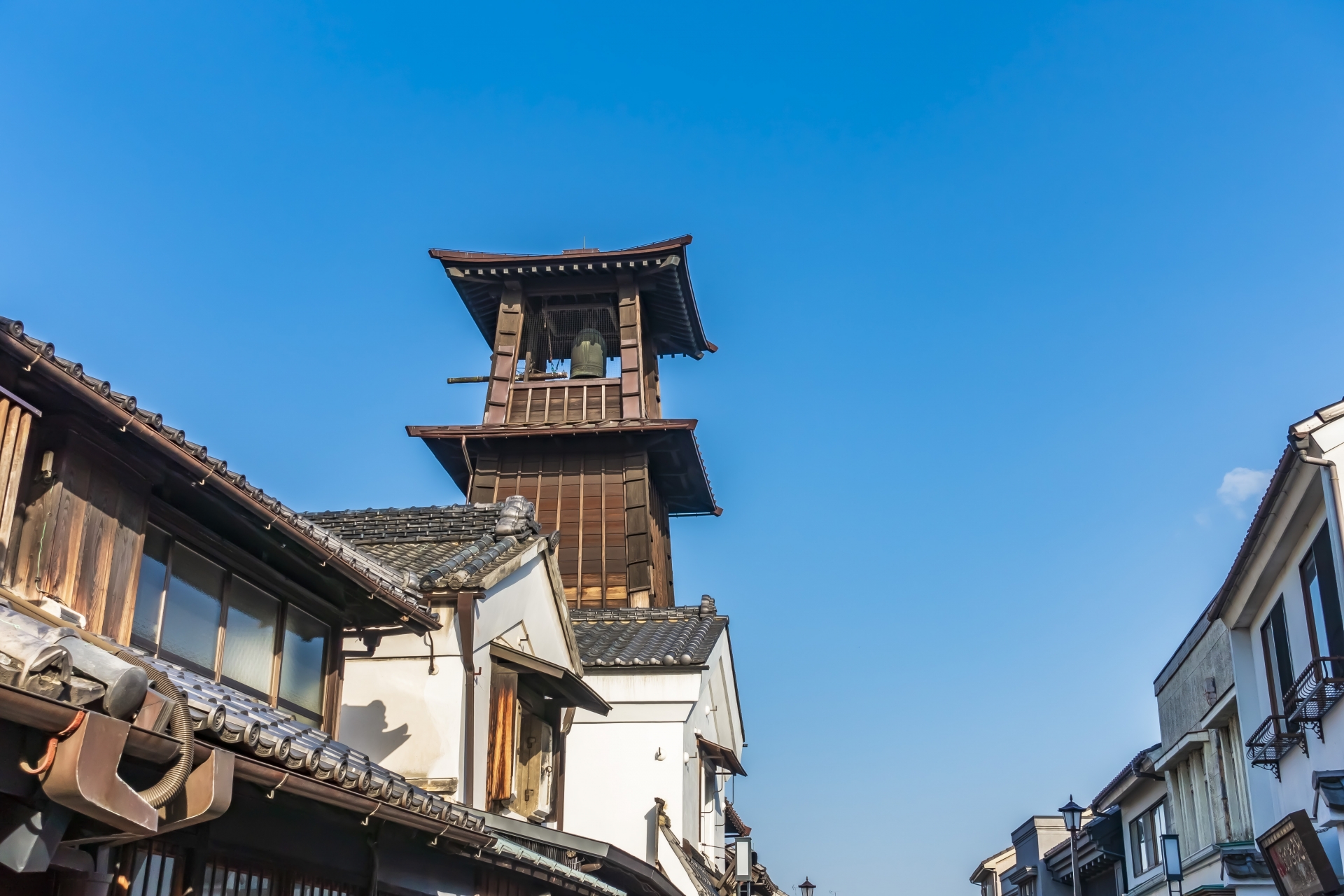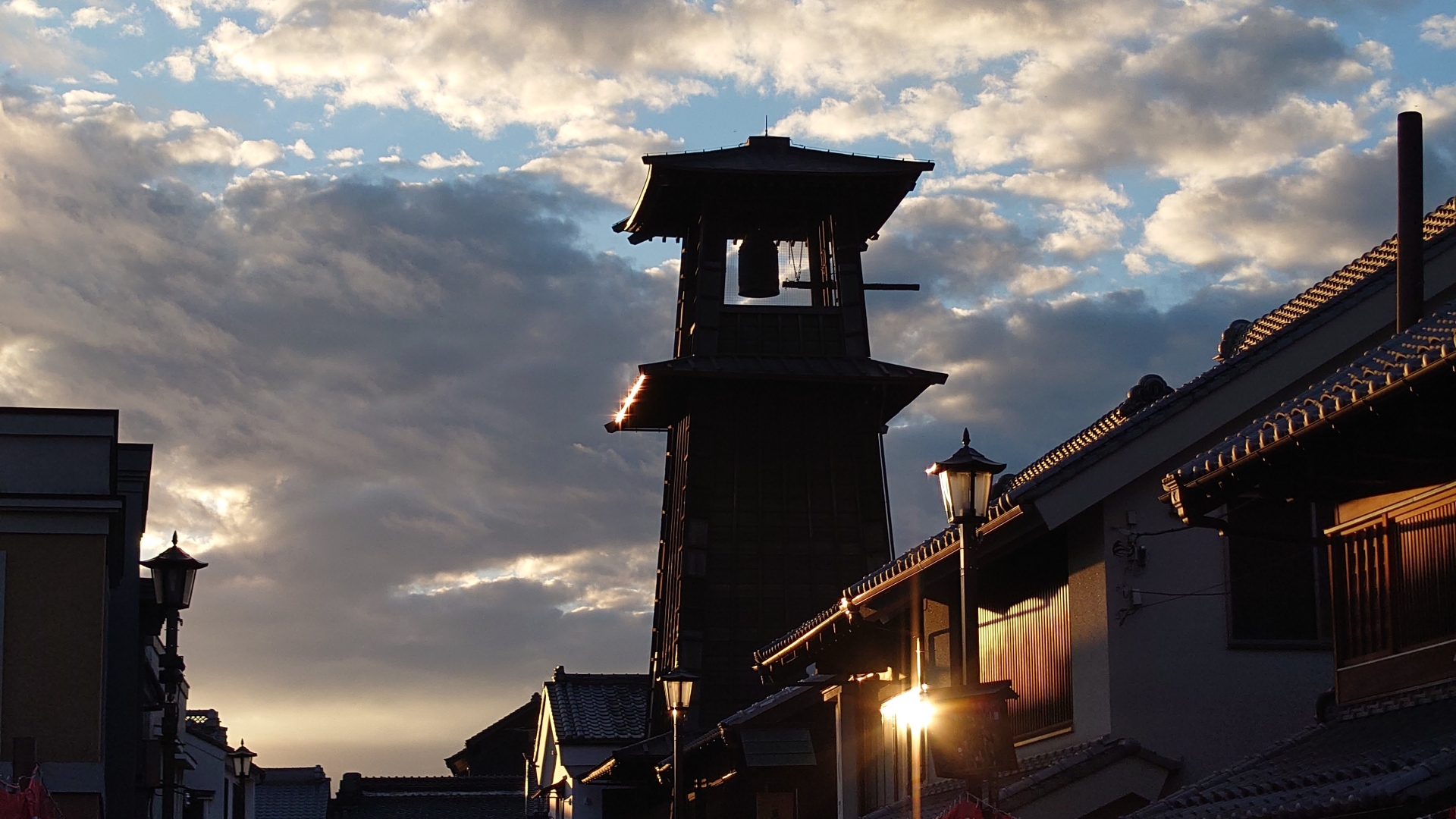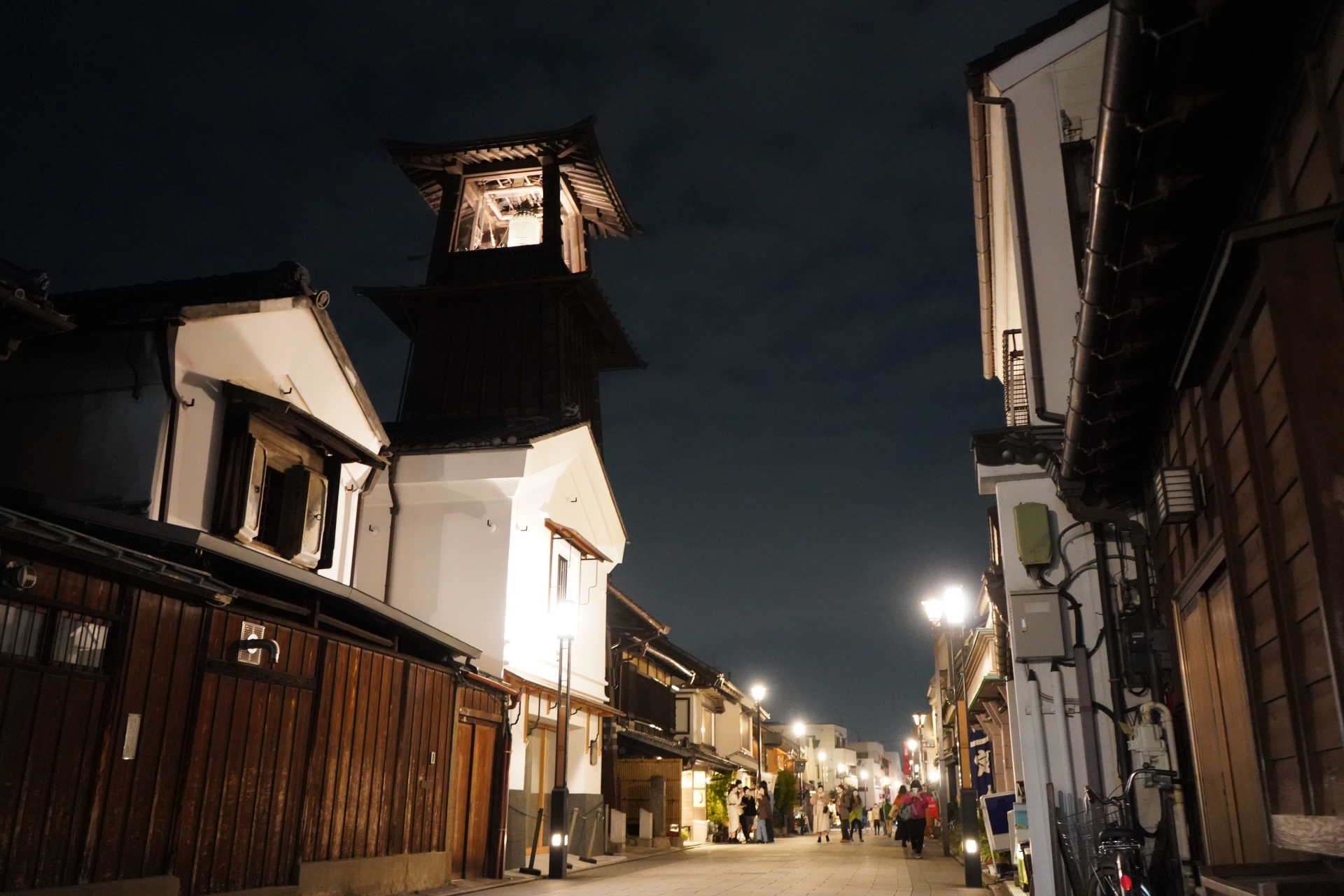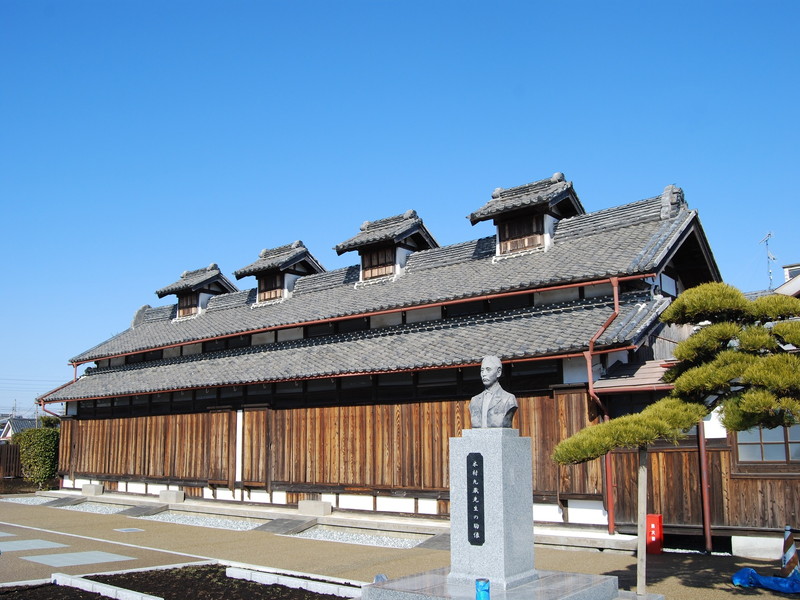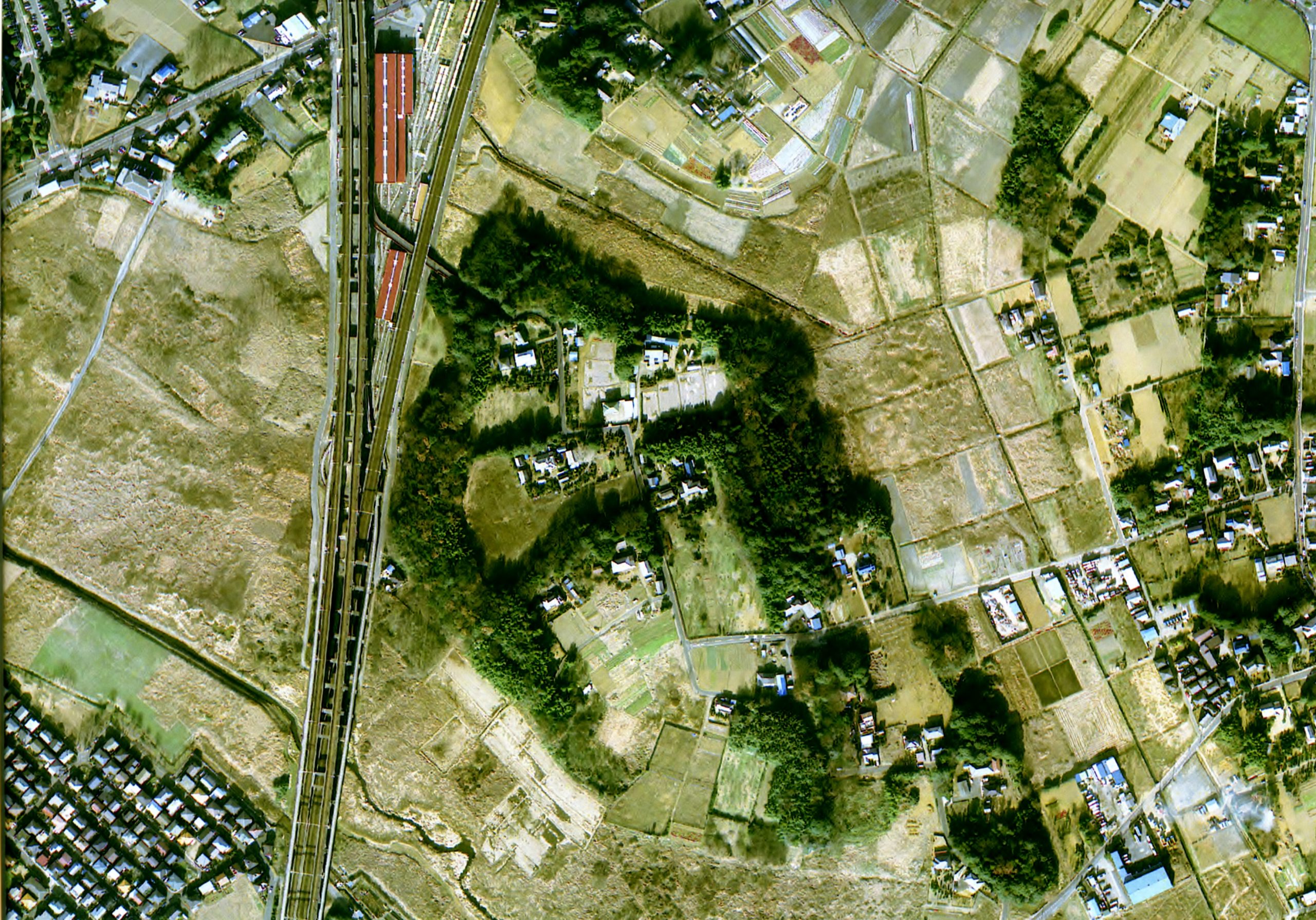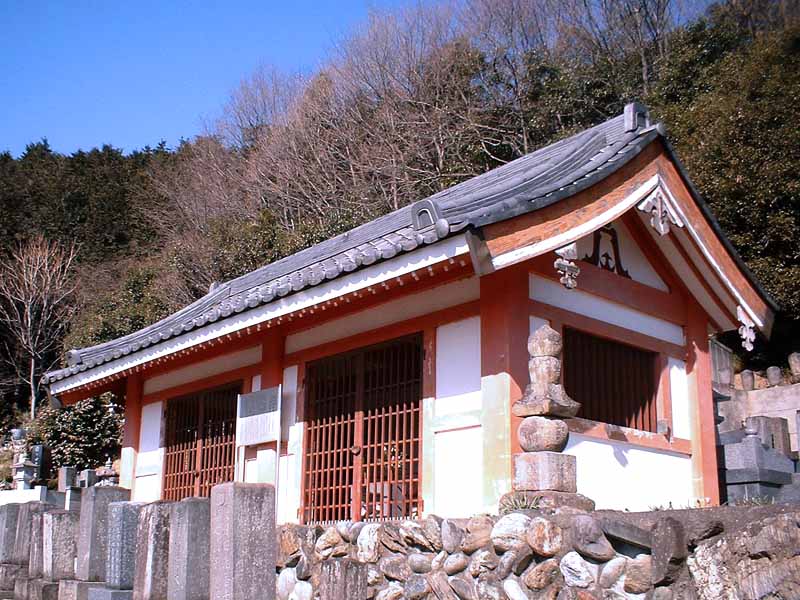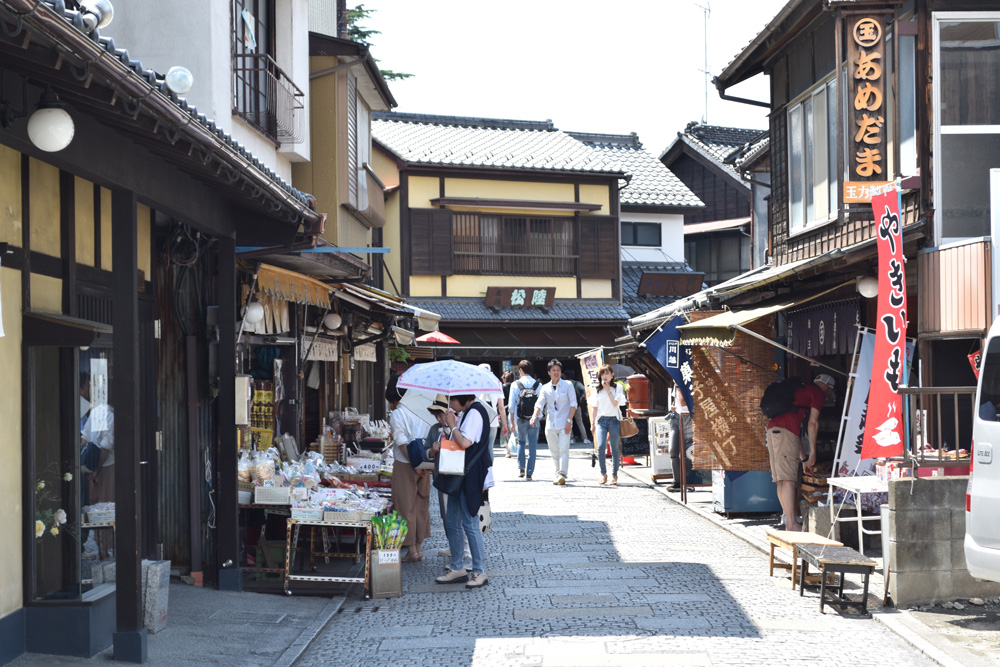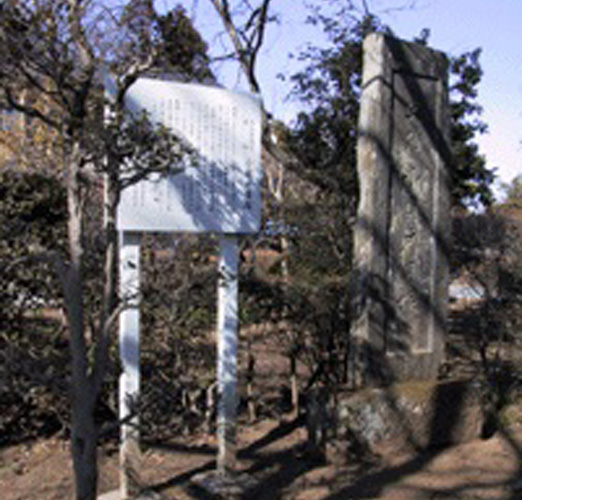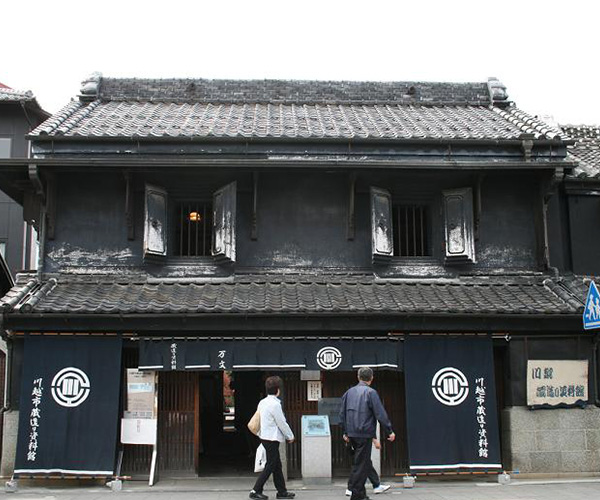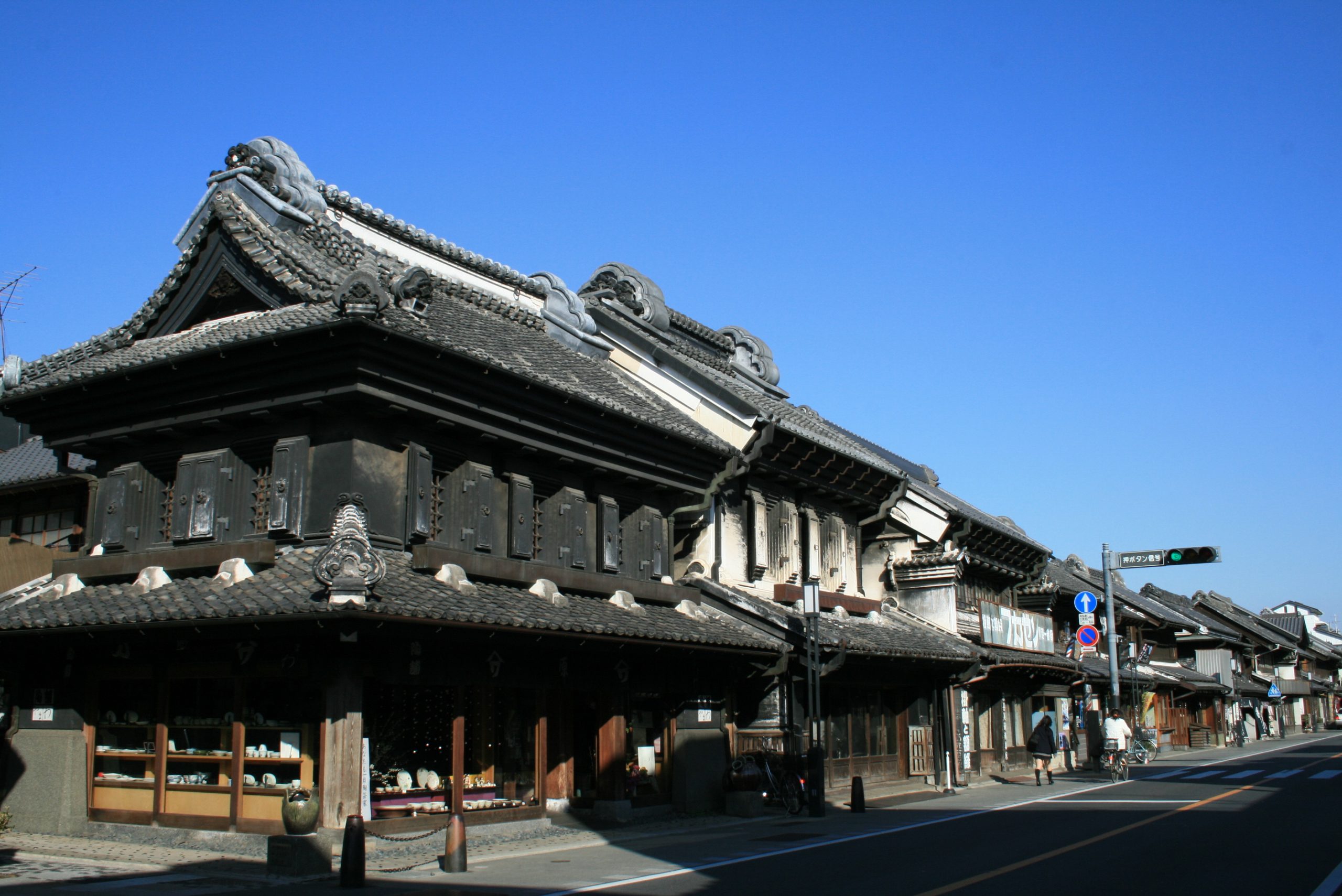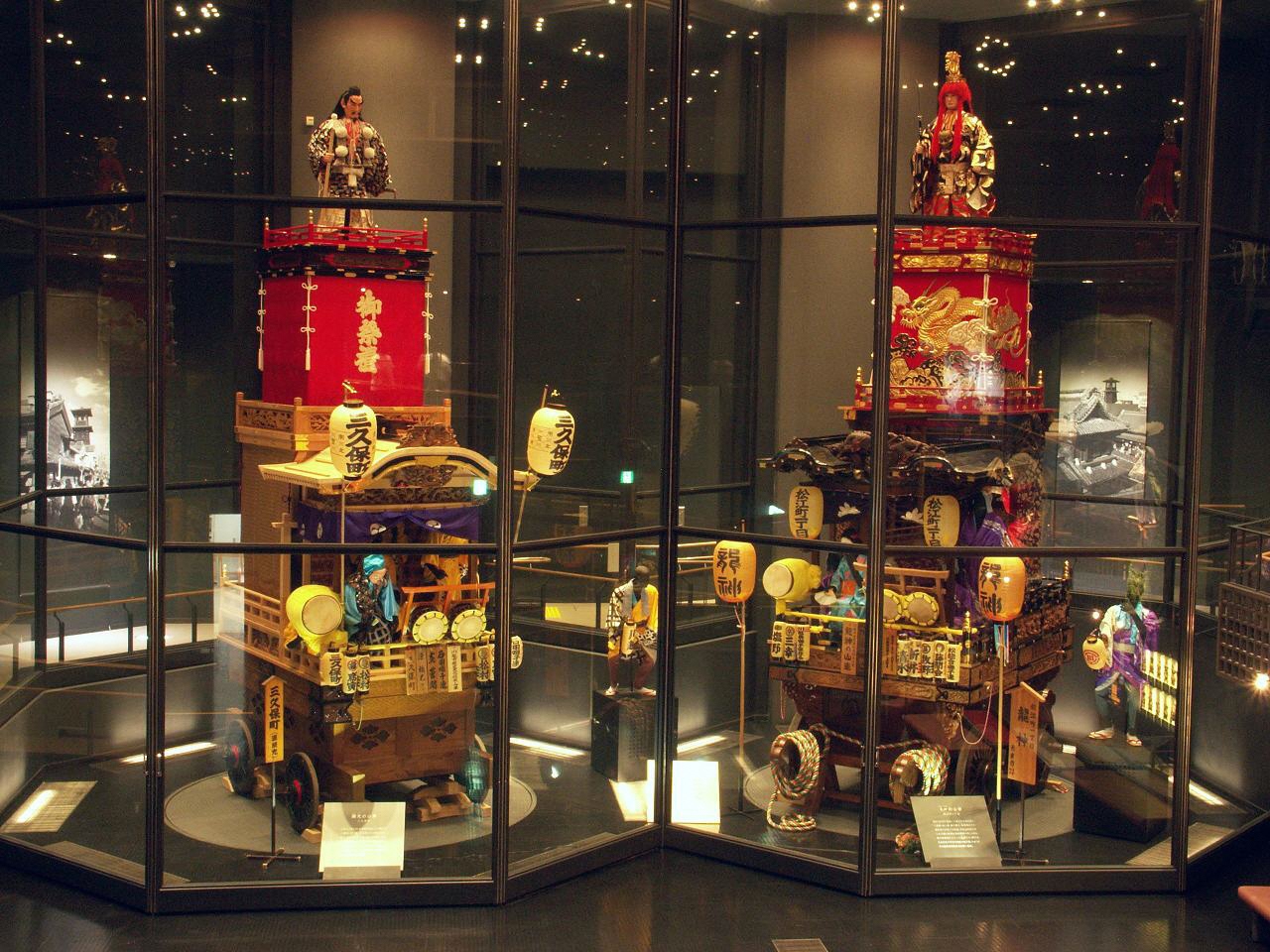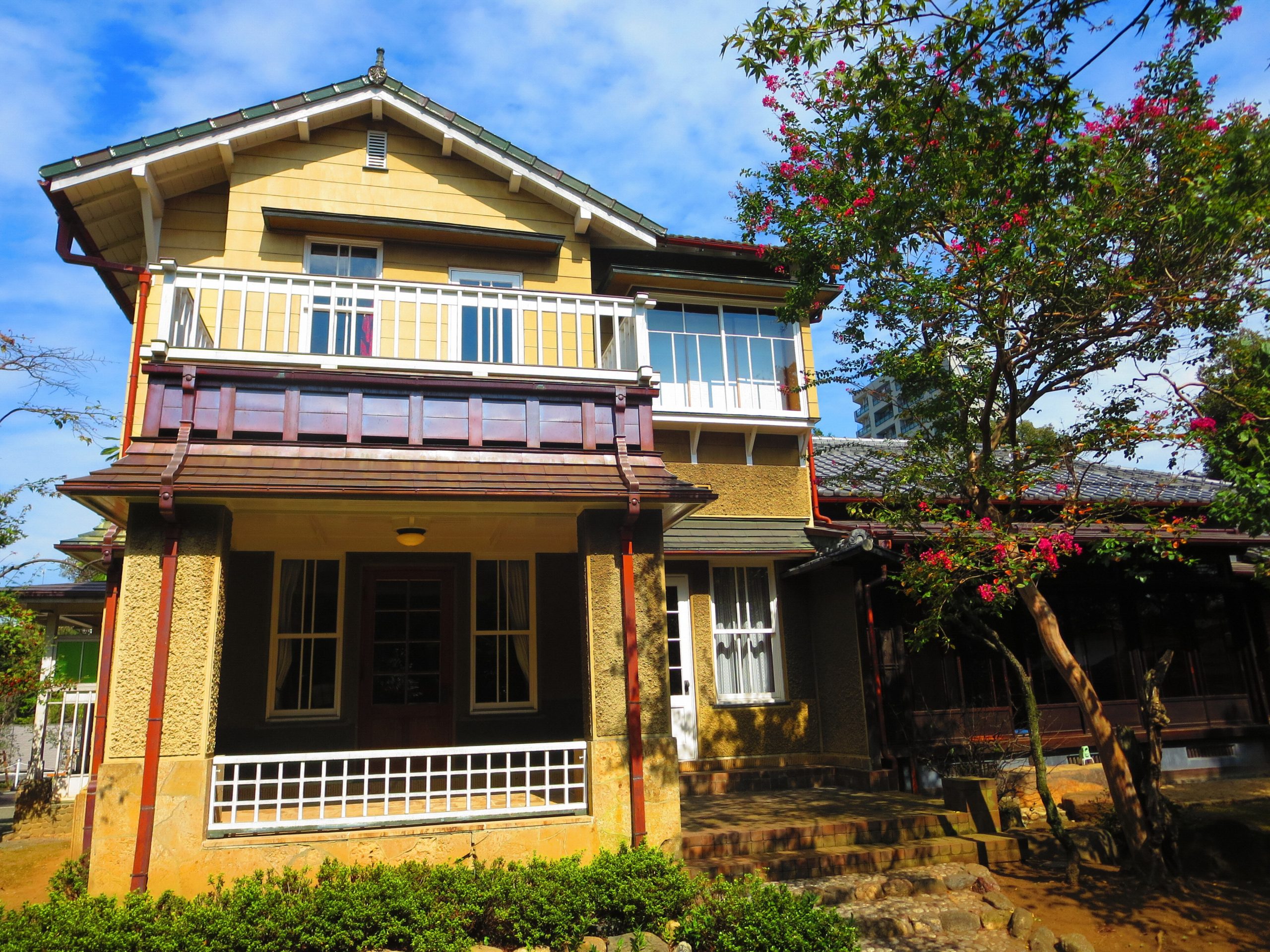Toki no Kane (Time Bell Tower)
sightseeing
Toki no Kane is said to have been first built in the Castletown Tagachō during the Kan’ei era (1624-1644) by the lord of Kawagoe Castle, Sakai Tadakatsu. The current bell tower was rebuilt the year following Kawagoe’s great fire in 1893, and is a three-story tower with a height of about 16 meters. It is a symbol of Kawagoe and denotes that “time” is indispensable for daily life. As of today, the bell rings four times a day (6 am, noon, 3 pm, and 6 pm).
Basic Information
Location
Kawagoe Saiwaichō 15-2
TEL
049-222-5566 (Kawagoe-City Station Tourist Information Office)
Business hours / Fee
Regular holiday
None
Fee
Free
How to get there
Public transport
Get off at either “Kawagoe Station” of the JR・Tobu Tojo Line or the “Honkawagoe Station” of Seibu Shinjuku Line then get off the Tobu bus at “Ichibangai” and walk for about 3 minutes.
・Get off the Koedo Loop Bus at “Kuranomachi” and walk for about 3 minutes.
・Get off the Koedo Loop Bus at “Kuranomachi” and walk for about 3 minutes.
Car
About 15 minutes from "Kawagoe" Interchange of Kan-Etsu Expressway
Parking
Free:
Fee: None
Fee: None

